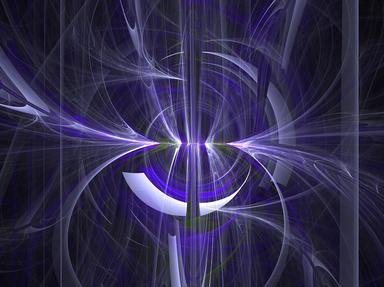Quiz Answer Key and Fun Facts
1. The eyes of humans and many animals change to facilitate night vision, such as the irises opening to enlarge the pupil to let in more light. In humans, what are the specialized photoreceptor cells on the retina that are more sensitive in low light?
2. Which color of light has the LEAST effect on human night vision, and is often used in lights and goggles by those who work at night?
3. Binoculars for use at sea typically have better light-gathering capability for use in low light and are usually 7 x 50. General use binoculars are usually 10 x 35. What do the numbers "50" and "35" indicate that affects light-gathering capability?
4. German WW2 U-Boats had optics that Allied forces admitted were better than their own. Especially during night attacks, the German "U-Boot Zieloptik" (UZO) gave the Germans an advantage in employing which weapons?
5. Thermal imaging can detect the heat radiated from animals, machines and other sources. In which band of the electromagnetic spectrum is this heat radiation transmitted?
6. Military forces that can operate covertly at night have significant advantages over forces that cannot. Why do these covert forces often wear bits of infrared-reflective materials on their uniforms?
7. Which radioactive element, an isotope of hydrogen, is used for self-powered illumination in things, such as navigation compasses, watches, and firearm sights, used in low light?
8. LANTIRN is a US-developed navigation and targeting system that supports low-light and low-level operations by which type of military craft?
9. When using infrared night vision devices, which natural light color needs to be filtered from nearby light sources to avoid interference with the night vision devices?
10. Three of these acronyms refer to devices designed to improve human vision at night. Which one does not?
Source: Author
wjames
This quiz was reviewed by FunTrivia editor
rossian before going online.
Any errors found in FunTrivia content are routinely corrected through our feedback system.
